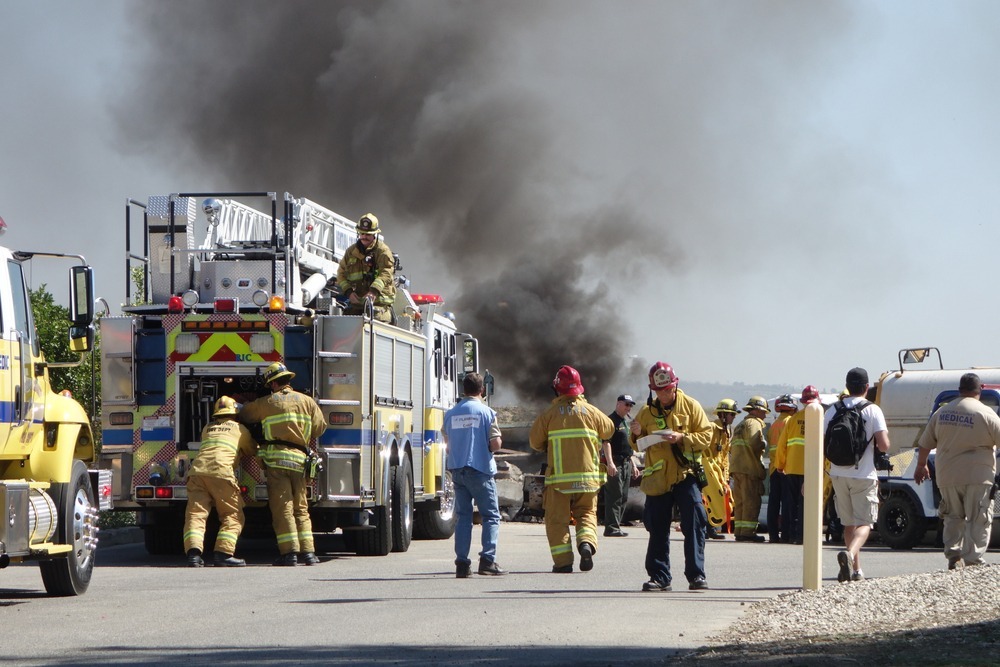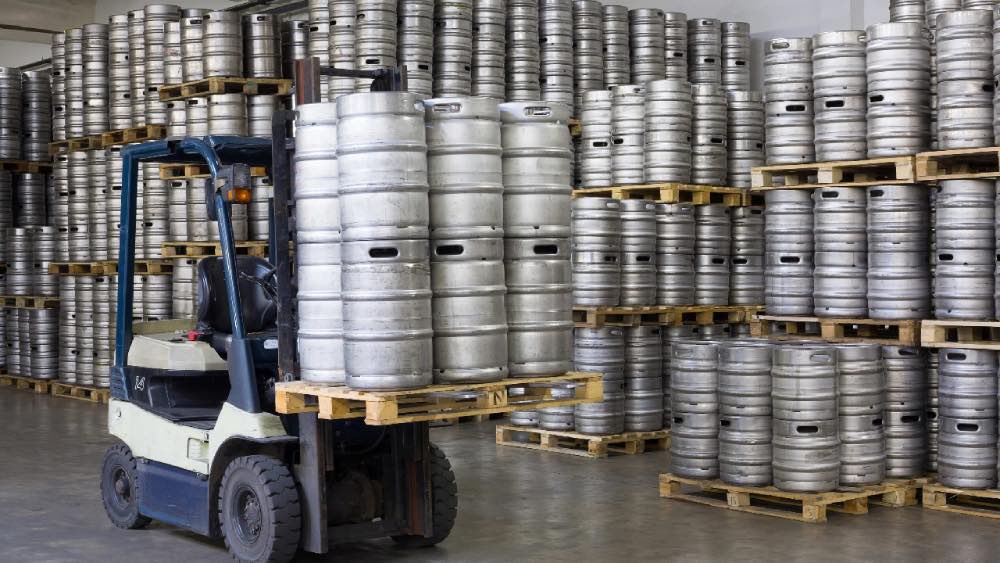By: Kyra Sweda, VP Enterprise Sales
Disasters strike without warning, leaving chaos in their wake. For shippers, these events can disrupt supply chains, jeopardize cargo and impact business continuity. The role of a transportation provider extends beyond moving goods efficiently; it encompasses safeguarding customers against the unpredictable.
When evaluating a transportation provider, consider the following key factors when it comes to disaster preparedness:


